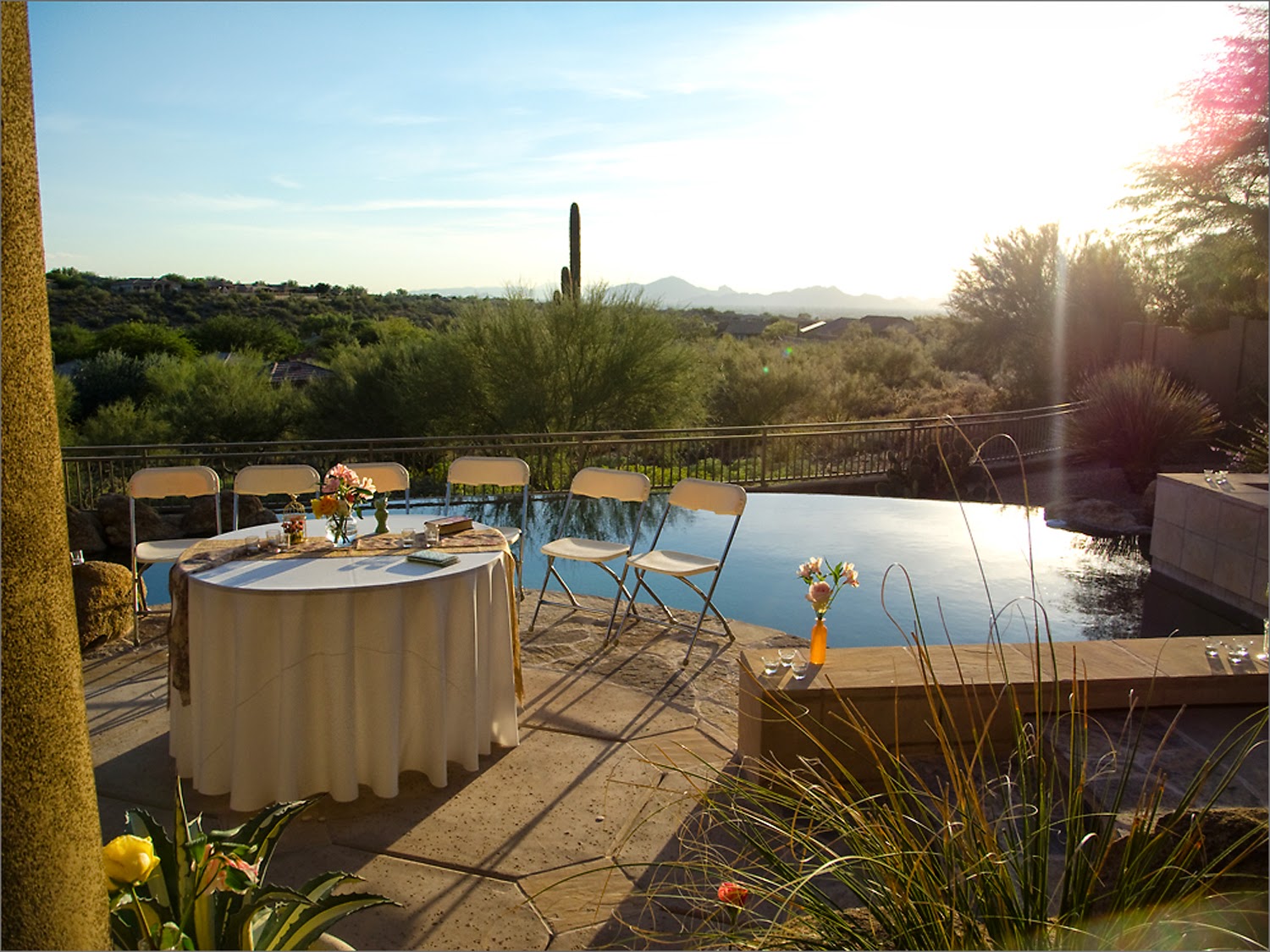It's been a while since I posted about the details of my workflow. Recently, here's what my system looks like.
Non-photo-nerd people, feel free to skip this one. Photo-nerd-people, feel free to criticize how I do this. It won't change anything, but it might make you feel better ;-)
You can see previous iterations of my workflow here.
Step 1: Import RAW (NEF or NRW) files from memory card using Firewire card reader.
- My file structure is organized by date and event, then by file type.
Drive --> Year --> Month --> Date w/ subject --> file type or export folder
Step 2: Convert all raw files into Digital Negative (DNG). This eliminates pesky sidecart files and still allows raw format editing, which has significantly more flexibility than the editing capabilities from JPG.
I use Adobe DNG Converter for this process. It's a free download.
- During this process, DNG converter re-names all my photos to include my name, the date they were taken, and a serial number. This means that each photo has a unique name on the hard drive, which is good when you need to search your archives years later for a specific image.
- This process is automated. Go grab a beer!
Step 3: After the DNG conversion, I pull up Bridge (yes, I'm on CS4, but someday I'll move to the CreativeCloud version) and allow it to build a cache of the folder, which it then stores on the folder for later use.
- This process is automated. Go grab a beer!
Step 3 1/2 : Delete all raw files (NEF, NRW). They are just taking up space at this point; the DNG serves the same purpose and is more user-friendly.
Step 4: Selections in Bridge are made quickly from the Filmstrip view mode.
- Any image I might want to keep or work with later gets 1 star.
- From there, any image that I am willing to edit gets a second star.
- Selections of edited images for final output occasionally get additional stars, but mostly 1 and 2 is all I use.
- ALL images with 0 stars get permanently deleted.
- Keyword in Bridge when necessary. I'm not as good at this as I should be, which makes finding images more difficult. Keywording is your friend!
Step 5: Editing takes place in Camera Raw, which has everything I need to make sure the image looks like it should. You can also batch process large groups of images in this program to add the same edits. Great for photobooths. Big-time cloning and skin softening and other editing is taken into Photoshop as needed, which doesn't happen very often.
Step 6: Once all edits and selections have been made, all edited (2 star) DNG files are processed with the FREE
Dr. Browns 1-2-3 script. A similar script has been built into Photoshop and will allow you to achieve the same end. (They call it Image Processor) Since I am still on CS4, the good doctor takes care of it for me.
Dr. Browns script saves each image as a high quality JPG (suitable for small format printing) and as a web-version JPG. It runs a script that creates the 1px grey border you see around all my web images, sharpens them, and resizes to 1500px on the long dimension. It then converts the profile from adobe1998 to sRGB for web viewing.
- This process is automated. Go grab a beer!
Step 7: Backup. The main drive I use is still a 500gb RAID1 array, which is two drives mirrored to each other. Thus far, everything we have done has been automatically saved on 2 drives, each of which has a full copy of our work.
- For extra redundancy, everything is copied to the archive drive.
- That archive drive is then backed up to an additional copy, so we have 4 copies of current photos (the most recent 400gb or so) and 2 copies of old stuff.
Every time one drive fails, I immediately purchase a brand new one with double the previous capacity and start the copying. This way, my archive space is continually expanding and drives are always being renewed.
Things to note: I DO NOT USE LIGHTROOM (OMG). I don't like programs that manage files for you in large libraries. They are typically resource hogs, and since I am using an aging 2007 macbook pro, I don't have the luxury of unlimited RAM and processing power. 2.2ghz dual core processor and 6gb of memory do just fine with this setup.
Computer: 2007 refurb 15" macbook pro. 2.2 ghz dual core processor. 6gb ram. Running whatever the latest version of OSX is.
Hard Drives: I buy all of them from Seagate. All are formatted in EXFAT, which can be read by WINDOWS and APPLE machines and supports large drives for both operating systems. Just in case I decide to switch to windows someday (ha!)
- 3tb archive drive
- 2tb portable archive drive
- 2x 500gb working drives.
- Oh yeah, and another 2tb for Time Machine. Note that NONE of my photography is stored on the laptop's internal 500gb hard drive. I use that for movies, music, documents, and generally everything else aside from photography.
Card Reader: FIREWIRE Compact Flash card reader. I never plug the camera directly into the computer. I always eject the card and use a card reader. When the card is re-inserted back into the camera after editing and backup, the card is FORMATTED in camera. This process keeps me glitch-free and ensures I don't corrupt any of my cards. I use 4gb and 8gb compact flash cards so that in case one is corrupted during a large shoot (weddings, sports), I don't lose the entire shoot.




























































